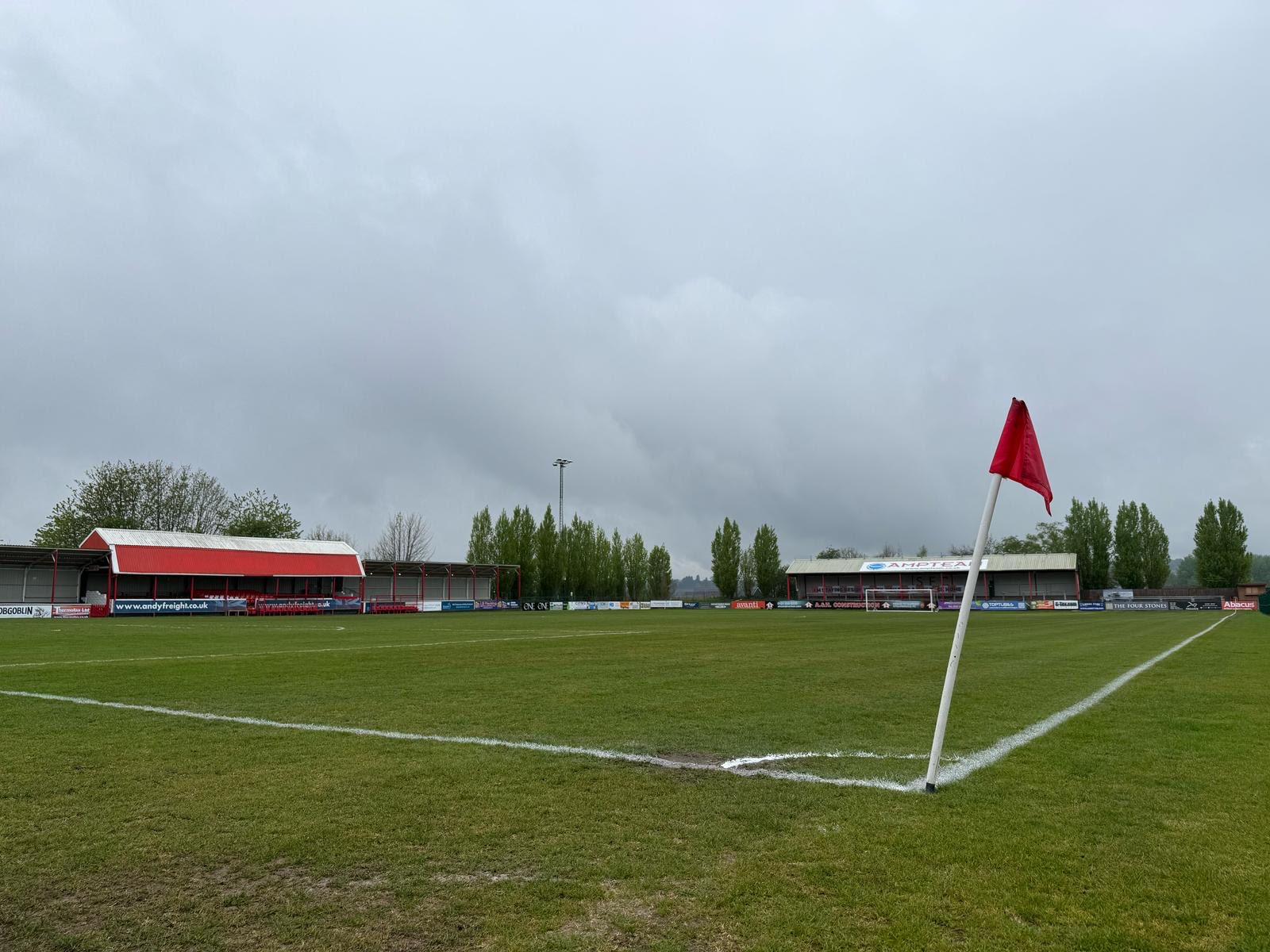In Stourbridge, a town in the UK with a rich glassmaking heritage reflected in Stourbridge Football Club’s nickname, ‘The Glassboys’, Director Stephen Hyde is now starting to weave nature into the club’s legacy.
As the club prepares for structural changes at its War Memorial Athletic Ground, shared with Stourbridge Cricket Club, Hyde embarked on a nature mapping project to explore the site’s ecological connections.
Invited by Richard Lindsay at Birmingham County Football Association, a Sports for Nature signatory, to pilot a nature audit, Hyde gained valuable insights into how the club’s home fits into the local landscape and how it could better connect with the natural world around it.
The research revealed unexpected links between the ground and nearby green corridors, sparking Hyde’s vision for the future.
‘Everything’s connected’
“I never realised how interconnected everything is,” Hyde says. “There’s a green corridor linking the football club to the canal and the river. This has given me the drive to ensure that, when we redevelop the ground in the next two years, we’ll create more integrated green corridors.”
The War Memorial Ground is no ordinary non-league pitch. Perched on a sandstone cliff, it blends natural geology with industrial history. Parts of the ground, including the stands and floodlights, are now too close to the cliff edge and must be demolished.
But in preparing for this structural shift, Hyde has begun considering the broader implications of the site. His mapping has unveiled an evolving ecosystem that mirrors the Black Country’s transition from heavy industry to a more sustainable, green future.
The surrounding area is rich in green spaces – churchyards, allotments and canals, and Corbett Meadow, a wild patch of land just to the north-east, is a critical space for local biodiversity. Trees line the pitch, ivy climbs the cliff banks and birds like pied wagtails and magpies are regular visitors.
Once-polluted waterways like the River Stour are showing signs of ecological recovery, and the canal, once a route for industry, now serves as a corridor for wildlife and pedestrians alike.
Joining the Framework
In this context, Stourbridge FC is more than a place for sport. By joining the Sports for Nature Framework in March 2025, the club has made a formal commitment to integrate sustainability into its operations.
Though the club has limited staff and resources, Hyde sees opportunities to involve the community, particularly local schools, and raise awareness about the importance of sustainability. He is hopeful that the upcoming redevelopment will incorporate nature-positive features and is open to partnerships and funding to replace lost trees and enhance the ecological value of the site.
Hyde’s work demonstrates that football grounds can be more than just venues for sport, they can be vital parts of a living, breathing ecosystem. As the club faces changes, both structural and environmental, Hyde’s nature mapping project offers a new perspective on the role football clubs can play in their local environments.
“Football is the people’s game in England,” Hyde adds. “It’s a vehicle for so many things, so why not use it to drive sustainability and nature initiatives as well?”
